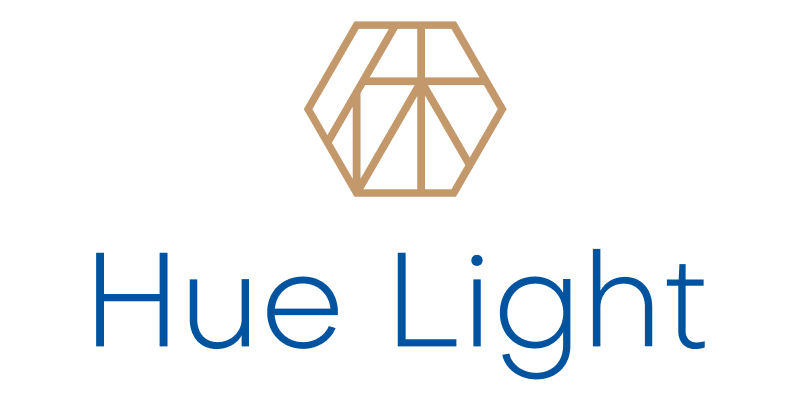Medical-Grade Breast PBM Irradiator
Postpartum Recovery & Menstrual Pain Relief
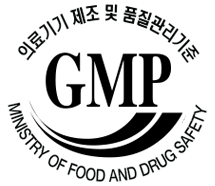



Breast PBM (Photobiomodulation) Irradiator
Targeted Photobiomodulation for Breast and Lymphatic Health
- Optimized Light Wavelengths: Utilizes 810nm~940nm wavelengths to penetrate deeply into breast tissue and lymph nodes, promoting cellular activity and circulation.
- Customizable Therapy Modes: Offers 8 programmable light modes, including Dr. Nogier’s frequencies, allowing for tailored therapy sessions to address specific conditions.
- Medical-Grade Construction: Features 368 high-quality LED chips embedded in soft, medical-grade optical silicone, ensuring comfort and effective light distribution.
- User-Friendly Design: Lightweight and ergonomically shaped to comfortably wrap around the chest and underarm areas, facilitating ease of use during therapy sessions.
- Flexible Session Durations:Supports 30 or 60-minute sessions, recommended 1–3 times daily, to accommodate individual therapy needs.
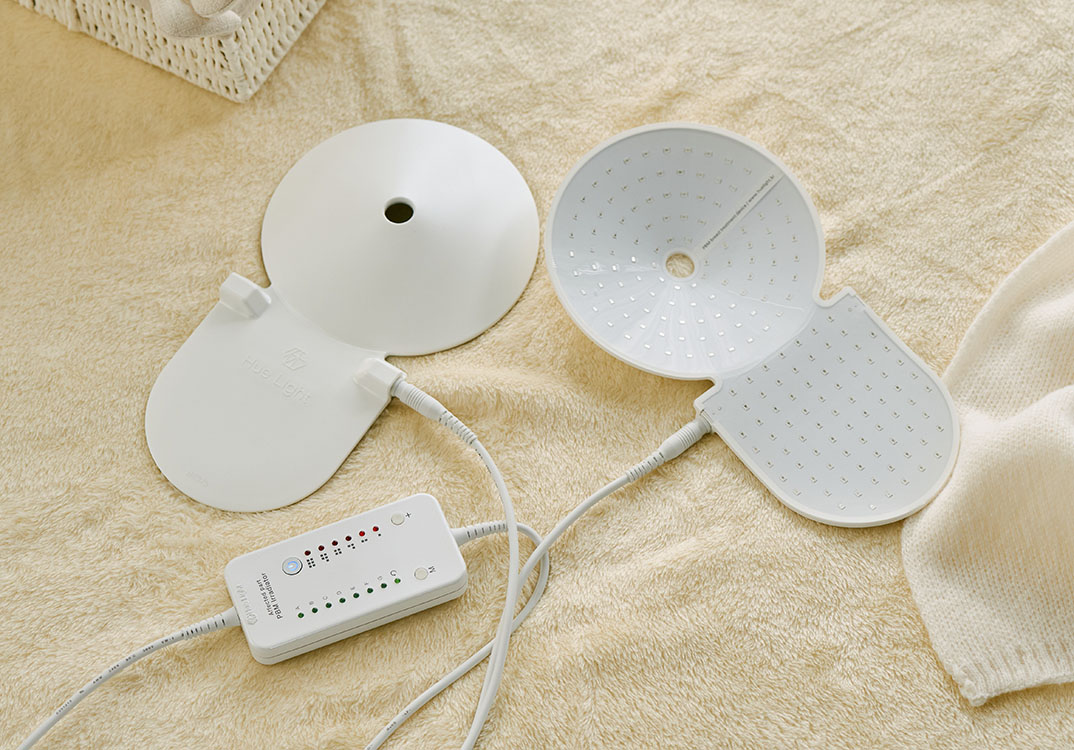
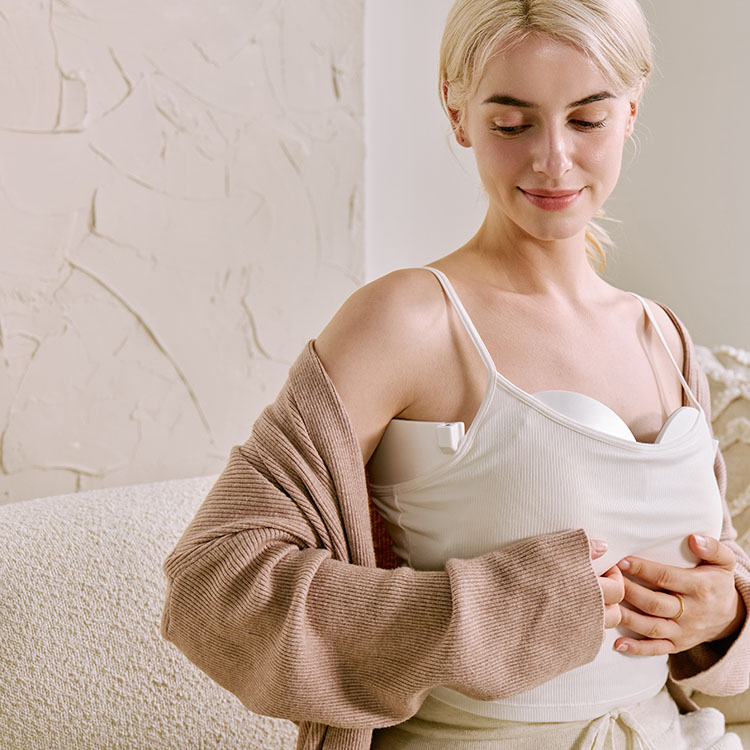
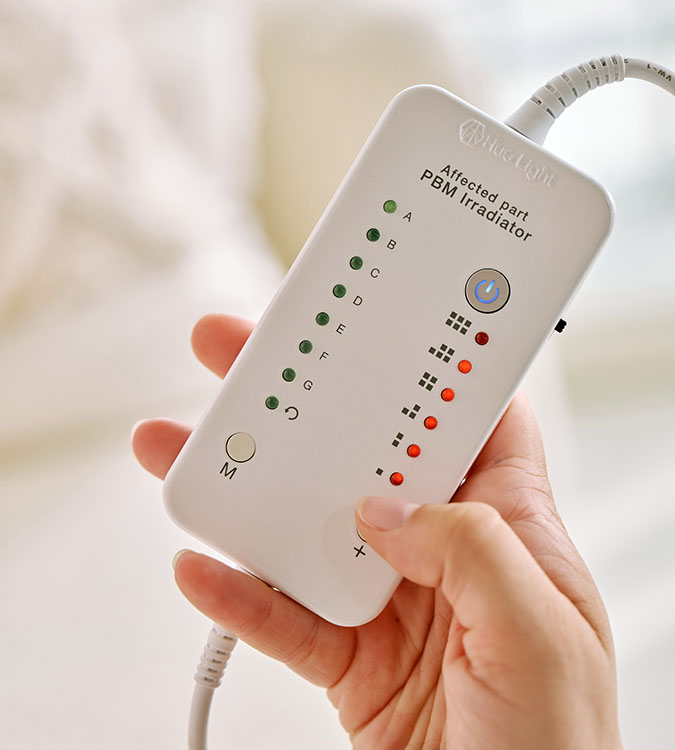
Top Benefits
- Reduces Pain and Inflammation
- Accelerates Wound and Tissue Healing
- Enhances Muscle Recovery and Performance
- Supports Brain and Cognitive Health
- Boosts Immune Function
- Promotes Healthy Sleep
What’s Included?
- Pad
- Power cord
- Controller
Top Features
Medical-Grade Technology
Clinically Proven Applications
Precision Design
Research-Backed Performance
User-Friendly Operation
Medical-Grade Breast PBM Irradiator
Lymph Node Circulation is Critical for Breast Care
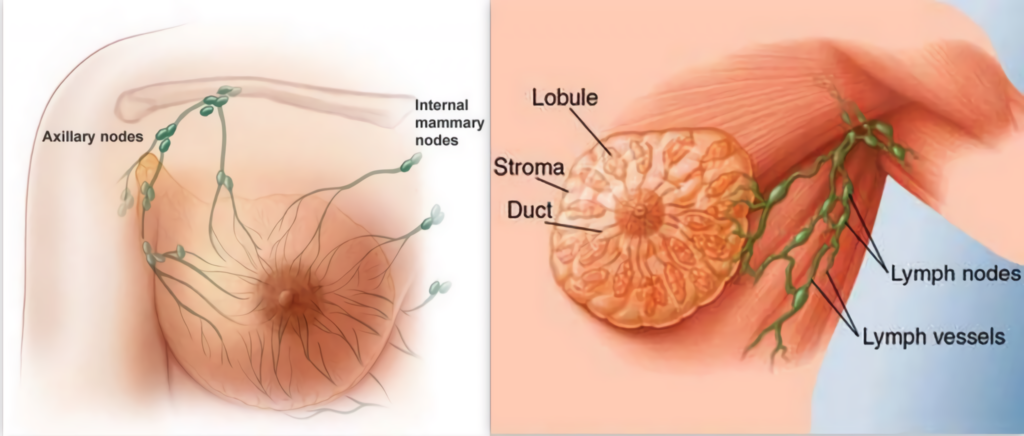
Product Scope: Breast Management

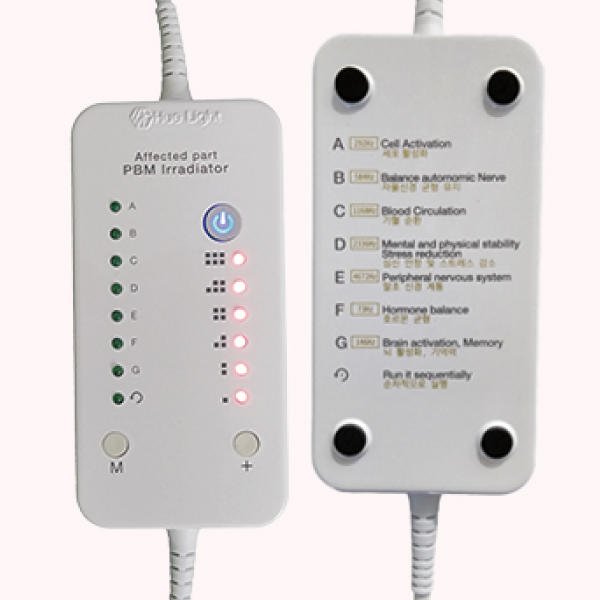
Custom Function: 8-stage pulse signals by Dr. Paul Nogier, each tailored for specific conditions.

Mothers
Supports breast health, postpartum recovery, and menstrual wellness.
Relieves breast engorgement, low milk supply, menstrual cramps, and helps manage premenstrual syndrome (PMS). Promotes skin elasticity, volume maintenance, and tissue circulation.
Common Symptoms of
Menstrual Syndrome
During menstruation, hormonal fluctuations and bleeding can cause various physical and emotional changes.
Common symptoms include: Abdominal pain, lower back pain, migraines, nausea, breast tenderness, mood changes, and bloating.
Armpit Pain Before and After Menstruation
Many women experience armpit discomfort before and after menstruation. If you feel pain or tenderness in this area, it may be due to accessory breast tissue.
Accessory breast tissue refers to extra breast tissue that develops outside the primary breast area, most commonly near the armpit. It may appear as a small lump or swelling, sometimes even resembling a breast.
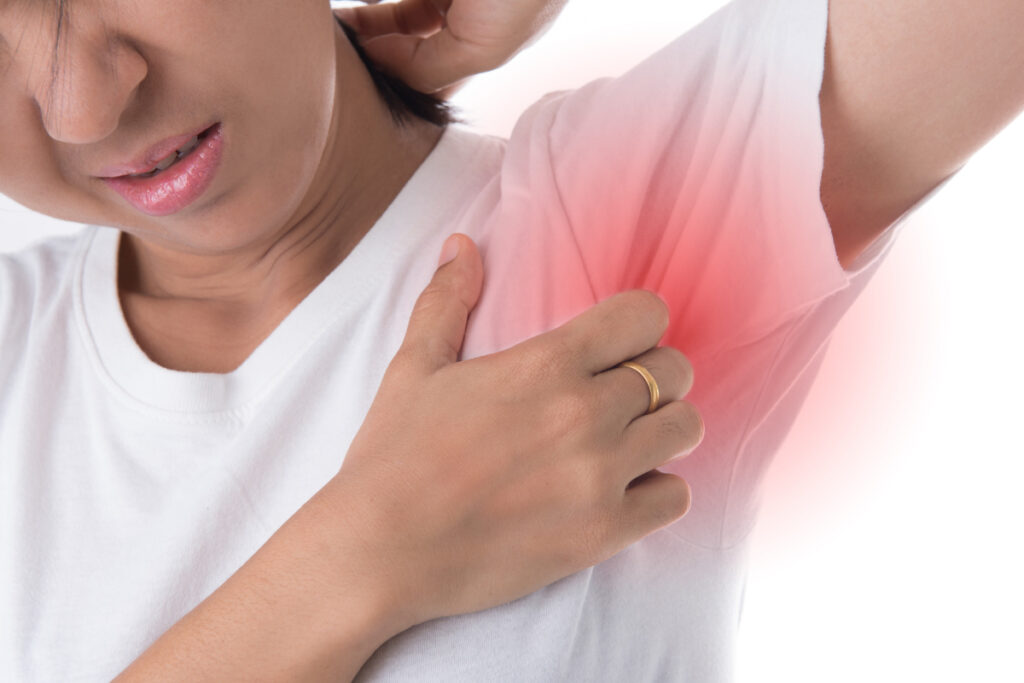
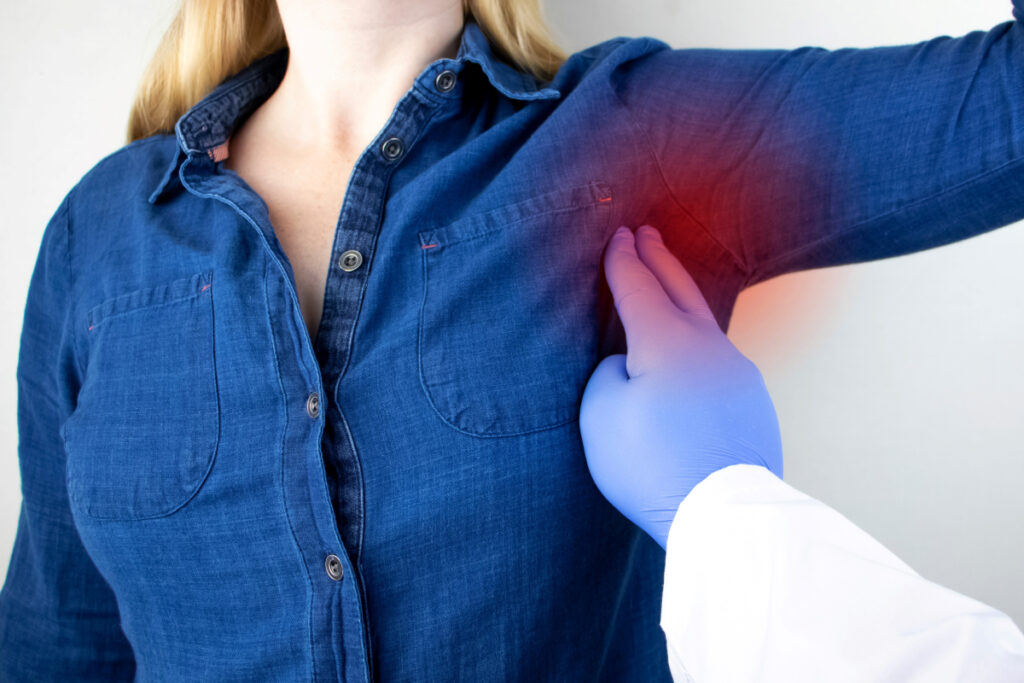
Signs of Accessory Breast Tissue in the Armpit
- A firm or tender lump in the armpit or inner upper arm.
- Pain that follows the menstrual cycle.
- Armpit area appears more swollen or protruded than usual.
- Increased sweating in the affected area.
- More noticeable after pregnancy and childbirth.
- May become loose or saggy after breastfeeding.
Health Benefits of
the Breast PBM Irradiator
Breast Pain Relief
Alleviates discomfort associated with hormonal changes, breastfeeding, or post-surgical recovery.
Lymphatic Support
Enhances lymphatic drainage, reducing swelling and promoting detoxification.
Postpartum Recovery
Assists in relieving breast engorgement and improving milk flow for nursing mothers.
Menstrual Wellness
Eases menstrual-related breast tenderness and discomfort.
Breast PBM (Photobiomodulation)
Mechanism of Action on Cellular Mitochondria
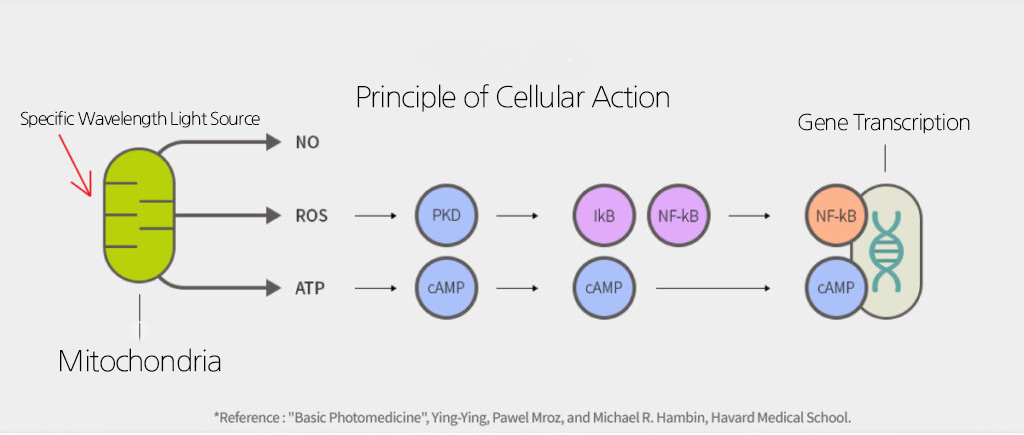

Systematic Review of PBM Therapy for Breast Cancer-Related Lymphedema
Clinical Literature Review
Keywords:
Findings & Conclusion
Product Specifications
and Basic Features
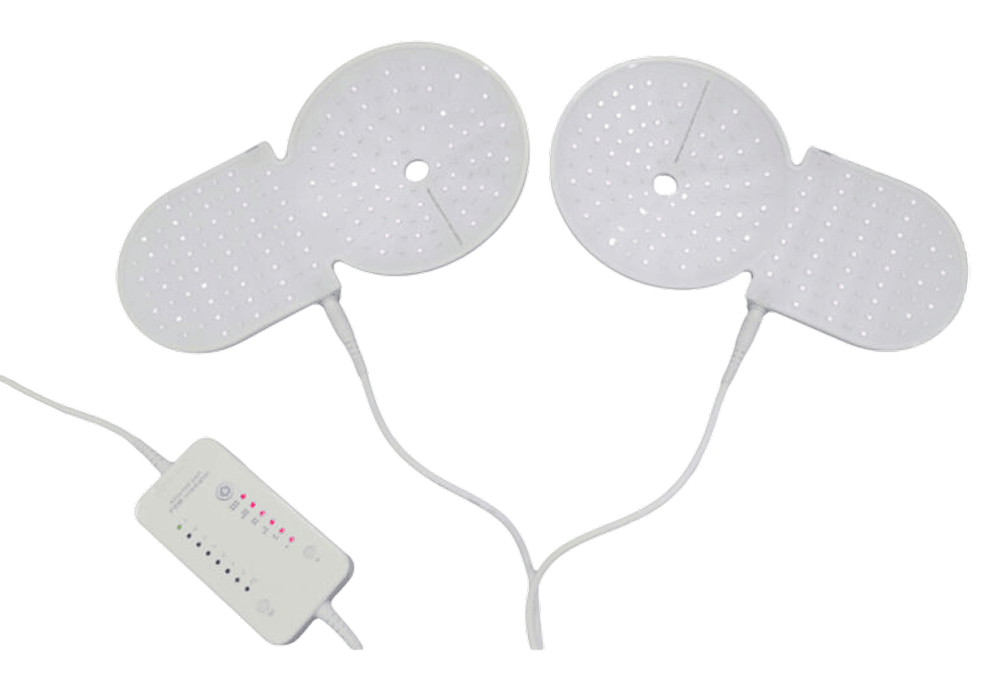
Length: 283mm, Width: 160mm
Weight: 220gx2=440g total
Ready to Revolutionize
Breast Health with Our Advanced PBM Irradiator?
What Our Customers Say
Inspired by the transformative impact of the Hue Light Masterclass, both personally and professionally, my wife, who is my busines manager, and i have made the

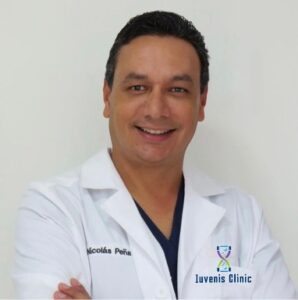
Trusted by clinics, wellness centers,
and hospitals Worldwide














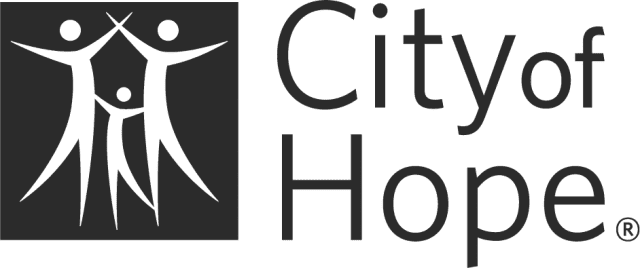












Frequently Asked Questions
How does the Breast PBM Irradiator work?
Is it safe for post-cancer treatment lymphedema?
How often should I use it for best results?
Can it help with breastfeeding issues?
What makes this different from red light therapy panels?
Stay Informed
on the latest medical & health updates.
Photobiomodulation Treatment device
Hyperbaric Oxygen Chamber
Hydrogen Inhalation Machine
Nano-bubble Hydrogen
Water Generator
Whole Body Wave
Motion Exercise Device
Nitro Biome
BAHI Longevity
Product Background
References
Customer Center
Get In Touch
- Haan-ro, Gwangmyeong-si, Gyeonggi-do, Republic of Korea
- +82)2-898-2116
- info@huelight.kr
Copyright 2025 © Hue Light Co., Ltd. All rights reserved.
Disclaimer: The medical papers and academic information provided on this site are intended for educational purposes only and are not meant to
diagnose, treat, prevent diseases, or substitute for a doctor’s advice.
E-MAIL: info@huelight.kr I TEL : 02-898-2116 I HUE LIGHT CO., LTD SK Techno park E-1311. 60, Haan-ro, Gwangmyeong-si, Gyeonggi-do, Republic of Korea I Copyright 2024 © Hue Light Co., Ltd. All rights reserved
Disclaimer: The medical papers and academic information provided on this site are intended for educational purposes only and are not meant to diagnose, treat, prevent diseases, or substitute for a doctor’s advice.
Photobiomodulation Treatment device
Hyperbaric Oxygen
Chamber
Learn More
References
Copyright 2024 © Hue Light Co., Ltd. All rights reserved
Disclaimer: The medical papers and academic information provided on this site are intended for educational purposes only and are not meant to diagnose, treat, prevent diseases, or substitute for a doctor’s advice.
